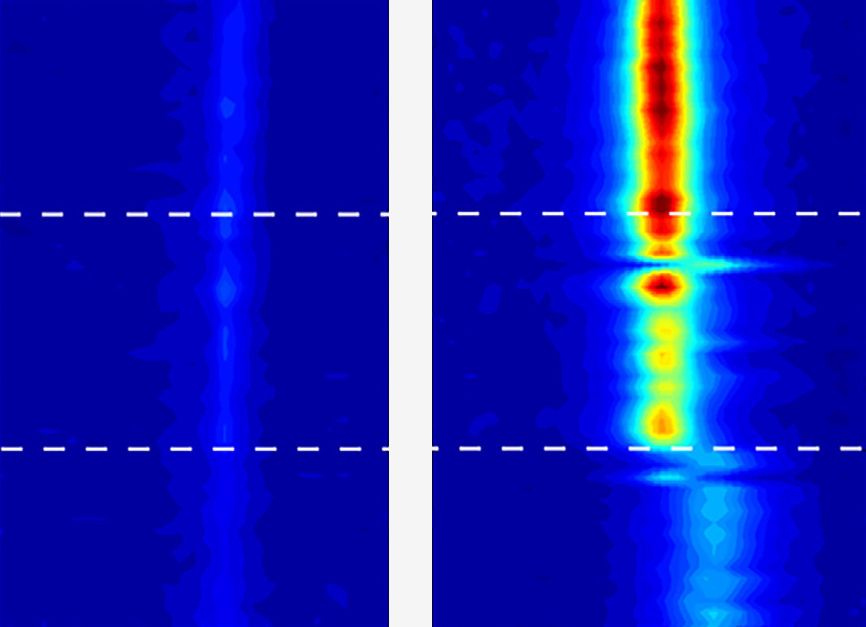
It’s common knowledge that water freezes at zero degrees Celsius (32 degrees Fahrenheit) and boils at 100 degrees Celsius (212 degrees Fahrenheit) in normal conditions. When confined within a carbon nanotube, however, all bets are off.
While conducting an experiment that involved trying to send electric currents through water inside of carbon nanotubes, a team of chemical engineers led by Professor Michael Strano at the Massachusetts Institute of Technology (MIT) noticed some unexpected behavior.
It’s been known for a while now that when water is confined in very small spaces, its freezing and boiling points can drop by as much as 10 degrees Celsius. What the team at MIT observed, however, was quite the opposite.

Inside tiny carbon nanotubes, they witnessed water solidifying at a minimum temperature of 105 degrees Celsius – well above its normal boiling point.
The diameter of the nanotubes played a significant role in the water’s behavior. The difference between tubes measuring 1.05 nanometers and 1.06 nanometers across changed the freezing temperature by tens of degrees.
Equally as puzzling is the fact that water could even enter nanotubes at all as they’ve long been thought to be hydrophobic.
More research will be needed but Strano thinks the discovery could lead to the creation of “ice wires,” or efficient highways to transport protons as water is around 10 times better at conducting protons compared to standard conductive material.